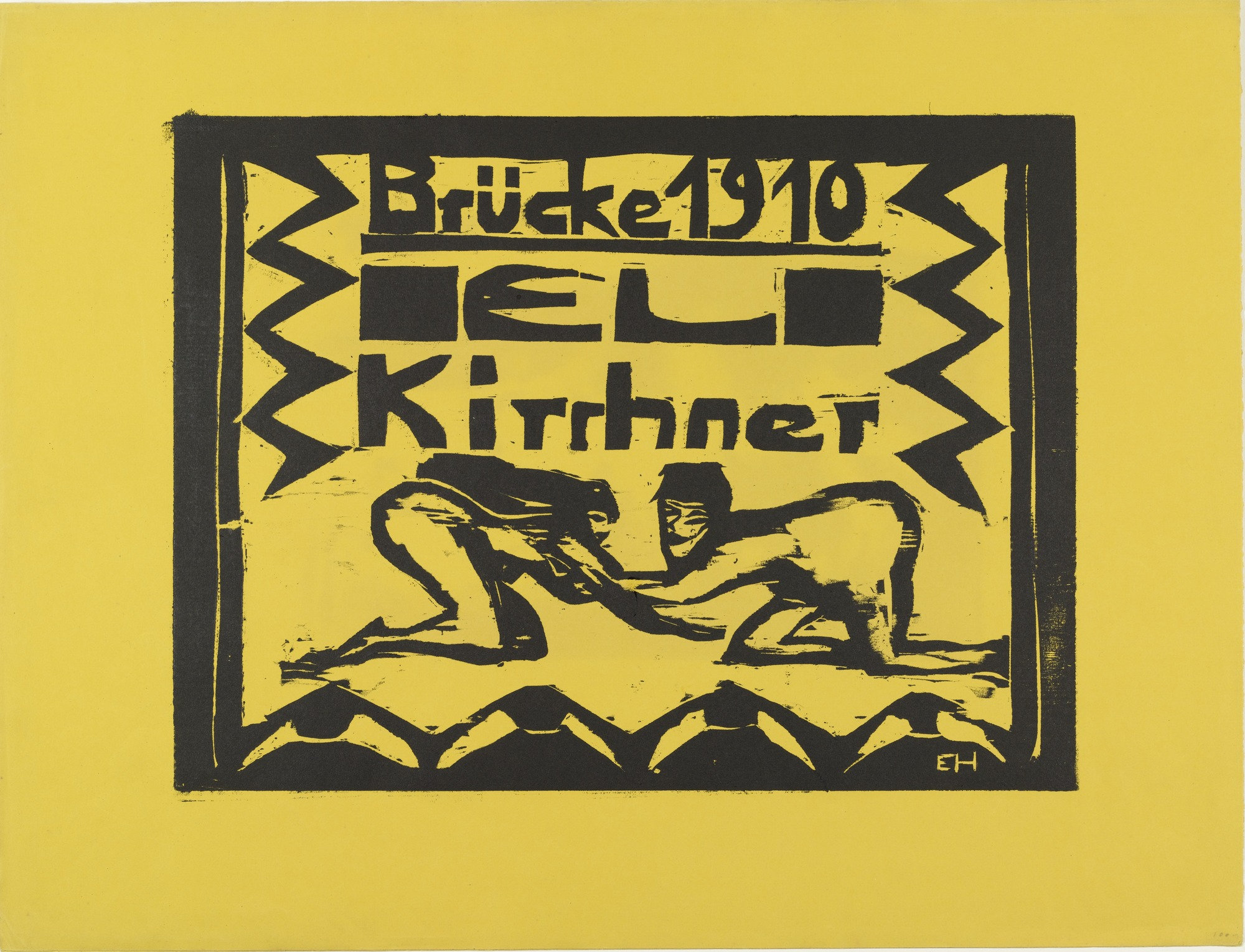
MoMA The Collection Erich Heckel. Kneeling Nudes (Kniende Akte
Die Brücke: il manifesto «Con la fede in un'evoluzione, in una nuova generazione di creatori e di fruitori d'arte noi convochiamo l'intera gioventù, e in quanto giovani portatori del futuro intendiamo conquistare la libertà di operare e di vivere opponendoci ai vecchi poteri costituiti. È dei nostri chiunque sappia dar forma.
ESPRESSIONISMO
Manifesto of the Brücke artists' group (title vignette), 1906 Blatt (ganzer Bogen) 223 x 348 mm Druckstock 74 x 41 mm Physical Description Woodcut on laid paper Inventory Number SG 3531 Object Number SG 3531 D Acquisition Acquired in 1962 Status Can be presented in the study room of the Graphische Sammlung (special opening hours) Texts

Chronik K.G. Brücke, (1913) von Ernst Ludwig Kirchner German
Overview of Die Brücke Describing "the years 1911-14 [as] .. one of the loneliest times of my life, during which an agonizing restlessness drove me out onto the streets day and night," Ernst Ludwig Kirchner painted alienated street scenes. Their expressive angst epitomized Die Brücke. Beginnings and Development Concepts, Trends, & Related Topics

Manifesto of the Brücke artists’ group (text) Digital Collection
Die Brücke (The Bridge) was a German Expressionist group based in Dresden, then Berlin, from 1905-1913. The name indicates the influences on their work, with their art viewed as a bridge between the past, present and future. They are noted for their revival of the woodcut print. Ernst Ludwig Kirchner Japanisches Theater [Japanese Theatre] 1909
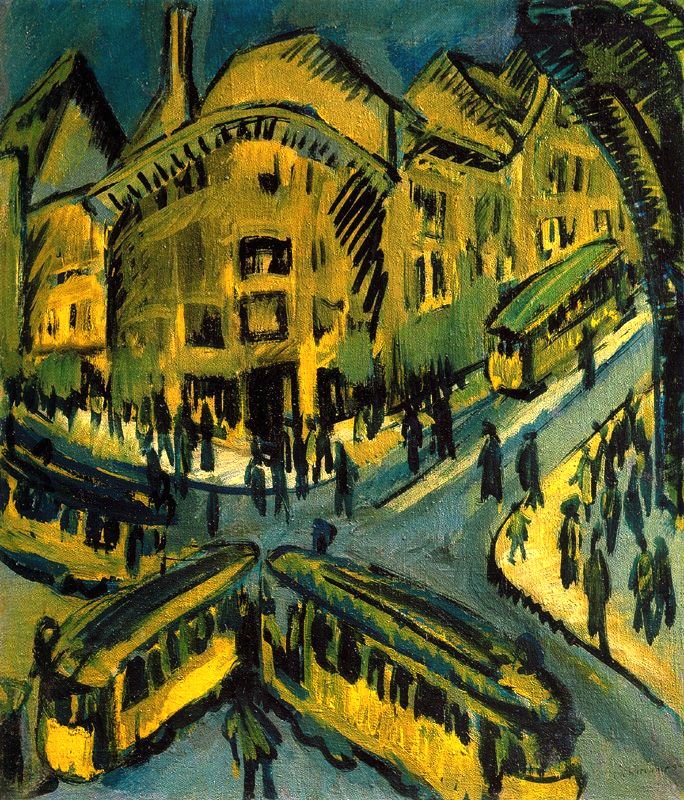
Die Brücke
The Brücke ( Bridge ), also Künstlergruppe Brücke or KG Brücke, was a group of German expressionist artists formed in Dresden in 1905. Founding members were Fritz Bleyl, Erich Heckel, Ernst Ludwig Kirchner and Karl Schmidt-Rottluff. Later members were Emil Nolde, Max Pechstein and Otto Mueller.

BRUCKE Production Video YouTube
Die Brücke, (German: "The Bridge") organization of German painters and printmakers that from 1905 to 1913 played a pivotal role in the development of Expressionism.

Poster for Die Brücke The Art Institute of Chicago
Die Brücke (The Bridge) was a group of German expressionist artists formed in Dresden in 1905, after which the Brücke Museum in Berlin was named. Founding members were Fritz Bleyl, Erich Heckel, Ernst Ludwig Kirchner and Karl Schmidt-Rottluff. Later members were Emil Nolde, Max Pechstein and Otto Mueller.

Cinque donne per strada , olio su tela, Ernst Ludwig Kirchner, 1913
Die Brücke, founded in Dresden in 1905, was a pioneering art movement that rebelled against stifling artistic conventions of the time, including academic and bourgeois standards. Its artists aimed to bridge the gap between the inner world of the artist and the viewer by expressing raw human emotions.

Épinglé sur La Rue
Die Brücke 1905 - 1913 The Künstlergruppe Brücke was founded on 7 June 1905 in Dresden by four architecture students: They were united by a common aim to break new boundaries in art. They were.

Manifesto "Die Brücke", 1906, xilografia, Ernst Ludwig Kirchner
223 x 348 mm Druckstock 151 x 75 mm Physical Description Woodcut on laid paper Inventory Number SG 3531 Object Number SG 3531V D Acquisition Acquired in 1962 Status Can be presented in the study room of the Graphische Sammlung (special opening hours) Texts About the Work In 1906, Kirchner wrote the Brücke manifesto and cut it in wood.

Brücke Magazin Ausgabe16 by Ugur Khan Issuu
Email: [email protected] / Phone: +44 7429 011000 Expressionism may never have happened were it not for the formation of the Die Brücke art movement in Dresden, 1905. The leaders of this forward-thinking artist collective included Ernst Ludwig Kirchner, Fritz Bleyl, Erich Heckel and Karl Schmidt-Rottluff.
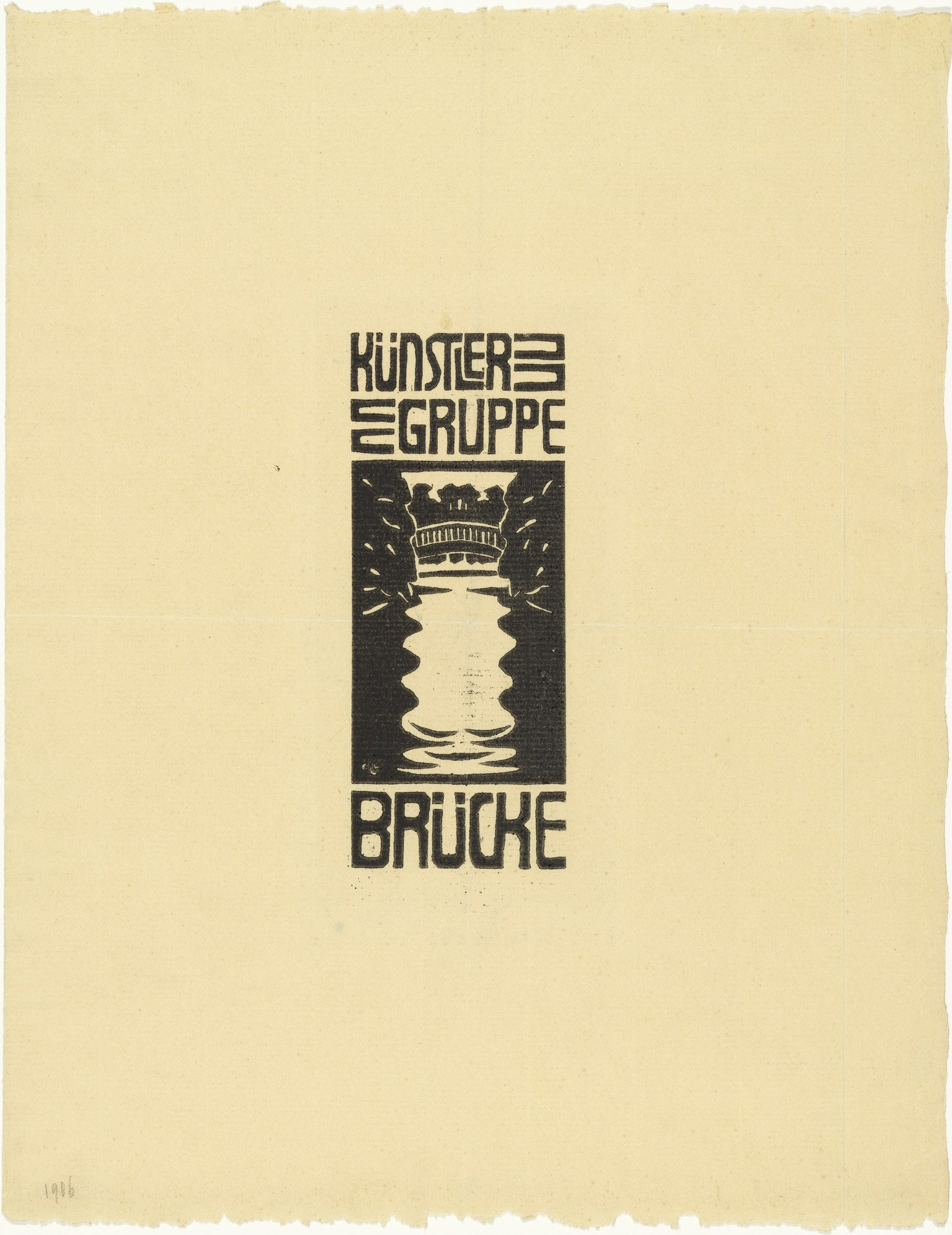
MoMA The Collection Ernst Ludwig Kirchner. of
Manifesto of the Brücke Artists' Group (Programm der Künstlergruppe Brücke). (1906). One from a set of two woodcuts. composition: 5 15/16 x 2 15/16" (15.1 x 7.5 cm); sheet: 11 5/16 x 8 3/4" (28.8 x 22.2 cm). Künstlergruppe Brücke, Dresden. Ernst Ludwig Kirchner, Dresden. Gift of J. B. Neumann. 479.1941.2.

die brucke manifest Google Search Ernst ludwig kirchner, German
Ernst Ludwig Kirchner was a German expressionist painter and printmaker and one of the founders of the artists group Die Brücke or "The Bridge", a key group leading to the foundation of Expressionism in 20th-century art. He volunteered for army service in the First World War, but soon suffered a breakdown and was discharged.
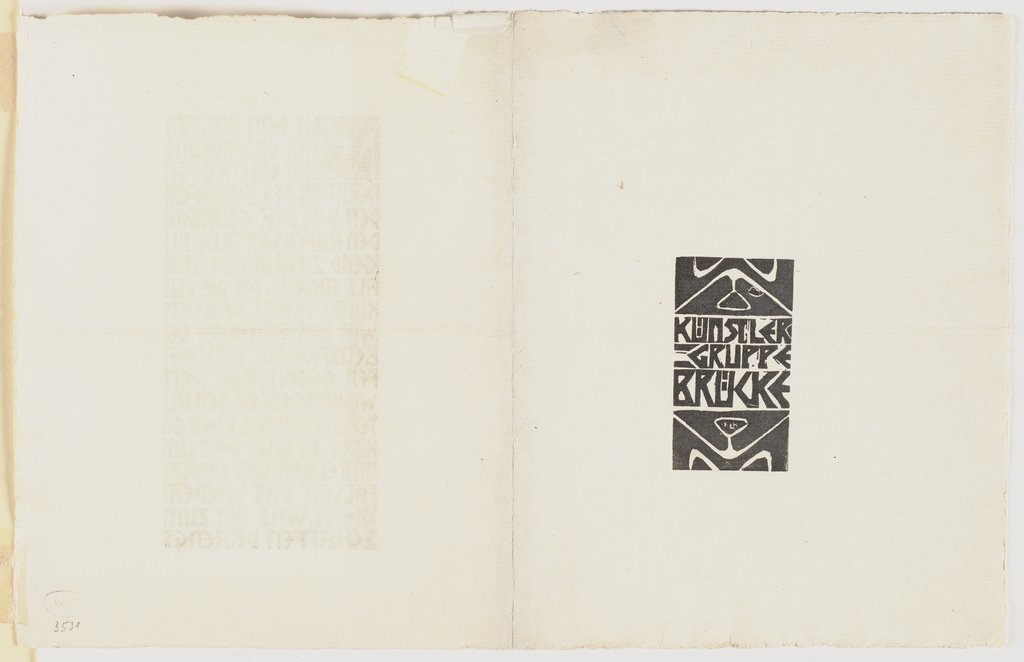
Manifesto of the Brücke artists’ group (title Digital
Inspired by the paintings of Van Gogh, Munch, Gauguin and the tribal art they encountered at the Dresden Ethnological Museum, they produced raw, powerful art, which aimed for a new and authentic emotional response to the world. In 1906 the group published its manifesto in the form of a woodcut print, which declared:
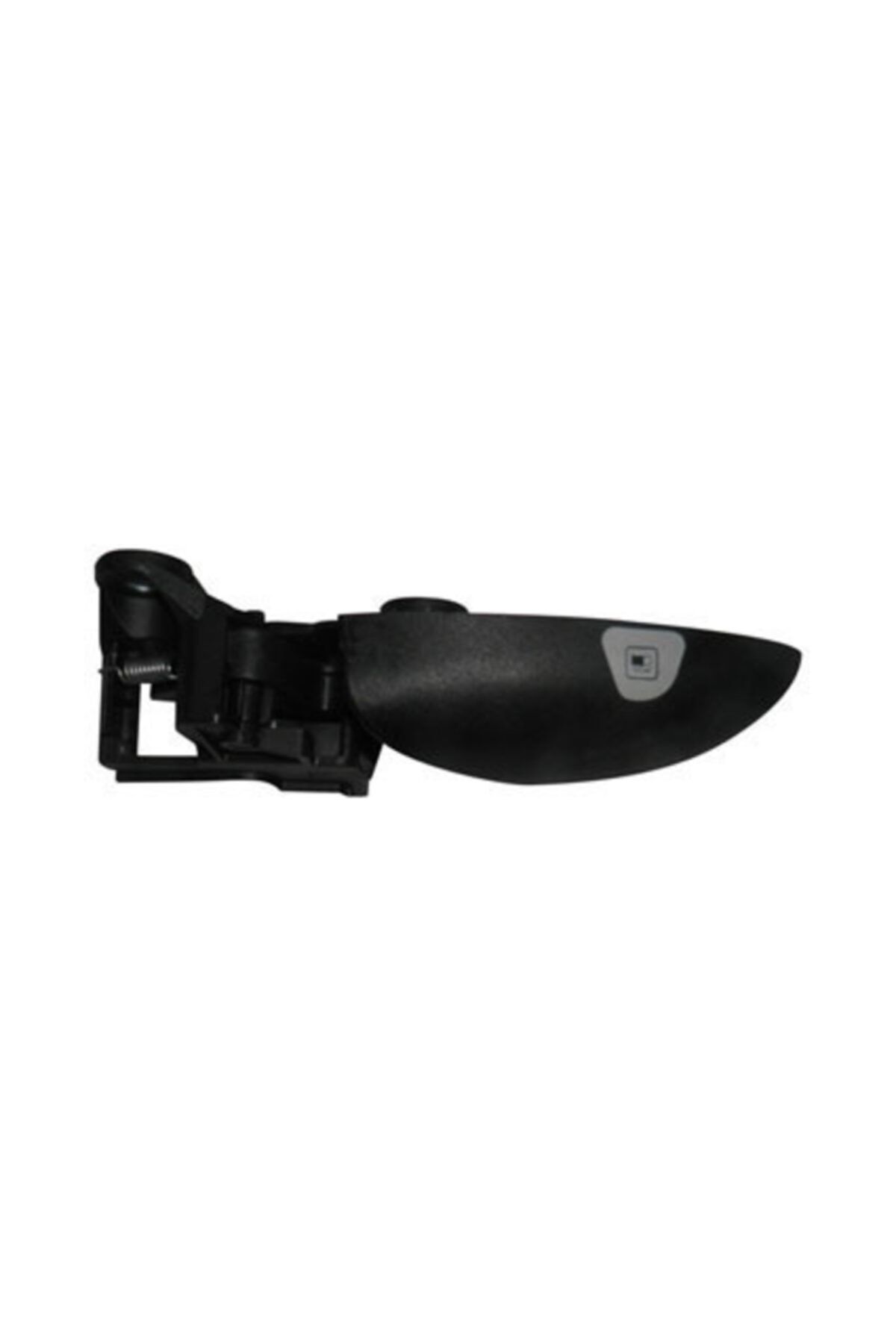
BRUCKE 2ad. 735509395 735509395 Yakıt Depo Acma Kolu Lınea Fiyatı
Choose From a Wide Selection Of Informative and Comprehensive Books For You. Enhance Your Shopping Experience With Our Personalised Recommendations.

Die Brücke Illustration, Tapestry, Design
We do not want to impress, but want to be understood. The human race, unique in Earth's history, has driven itself onto a rocky precipice and seems poised to cast itself into the dark waters below, or rather to stumble, hands over ears and eyes shut closed, out into a kind of nothingness.